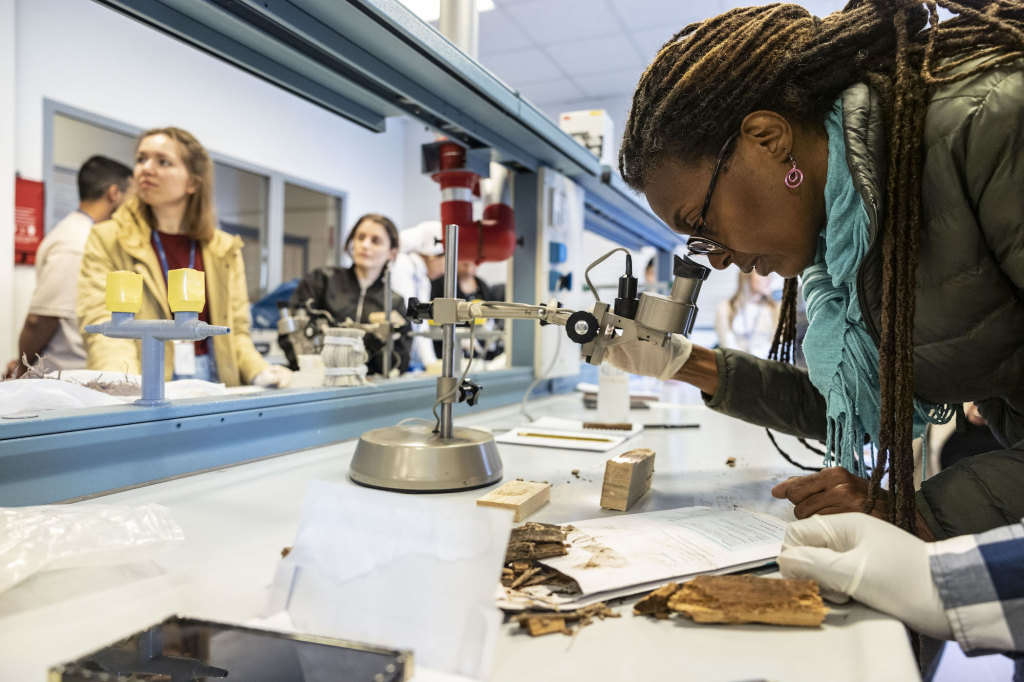 This blog post was authored by Germaine Joseph, ICCROM, Conservation of Built Heritage participant from Saint Lucia.
This blog post was authored by Germaine Joseph, ICCROM, Conservation of Built Heritage participant from Saint Lucia.For the past couple of months, we have hosted participants from 18 countries at our headquarters in Rome for the seventh edition of the Conservation of Built Heritage course. This year’s participants are a wide range of conservation practitioners and decision-makers representing the disciplines of conservation, engineering, academia and museums and working in national institutions, international organizations, academia and professional practice. The course will serve them by placing technical issues within the broader conservation context by linking them to planning and management concerns.
I am Germaine Joseph, an architect from the Caribbean Island of Saint Lucia. I have a bachelor's degree in architecture with 12 years of professional experience as an architect, and eight years of experience in the conservation and preservation of Saint Lucia’s cultural heritage. Specializing in built heritage, I managed a register of 250 historic buildings for listing while developing draft legislation for the preservation and conservation of these historic buildings. I have recently been accredited by the OAS and the University of the West Indies in Museum Conservation Skills and Values Heritage Management.
My current research interest is vernacular architecture, and I am passionate about reframing the narrative of Saint Lucia's vernacular architecture to include all contributors to our built heritage and its significance in our tangible and intangible cultural heritage. This influenced me to establish Bậtie Ste. Lucie, an architectural firm dedicated to the preservation of built heritage. My project experience is frequently linked to cultural development projects centred on built heritage and interpretation, which help to empower communities and urban regeneration.
Being aware of current challenges in my sector in the Caribbean, I came to the Course seeking formal training and a deeper understanding of the field of resilience and sustainability of heritage buildings to safeguard our historic buildings against deterioration and, more recently, the effects of climate change. Additionally, in order to protect what is left of our constructed heritage, I was also interested in ways to encourage successful conservation and management of historic buildings, sites, and monuments. Less than 2% of Saint Lucia's built legacy is still standing, so protecting the few remaining sites is essential to maintaining our heritage.
Spending three months with seventeen international experts in person is a fantastic opportunity for cross-cultural and professional exchange. The resource people, the professionals who have developed their specializations over three decades (in some cases) while navigating this enormously dynamic world of cultural heritage, are the icing on the cake. They have provided us with knowledge and perspective on the preservation and documentation of cultural heritage, which is now part of every participant's toolkit, a solid platform for carrying out our varied mandates. There is no one size fits all, as we have been taught, but the skill sets we have just gained will enable us to piece together the mosaic of our mandates.
The Conservation of Built Heritage Course 2023 surpassed my expectations. The combination of classroom and onsite learning has been complimentary to my learning. Having Mr Rand Eppich teach us the principles of photogrammetry through an on-site case study was one of my highlights. It was Eppich, no pun intended.
